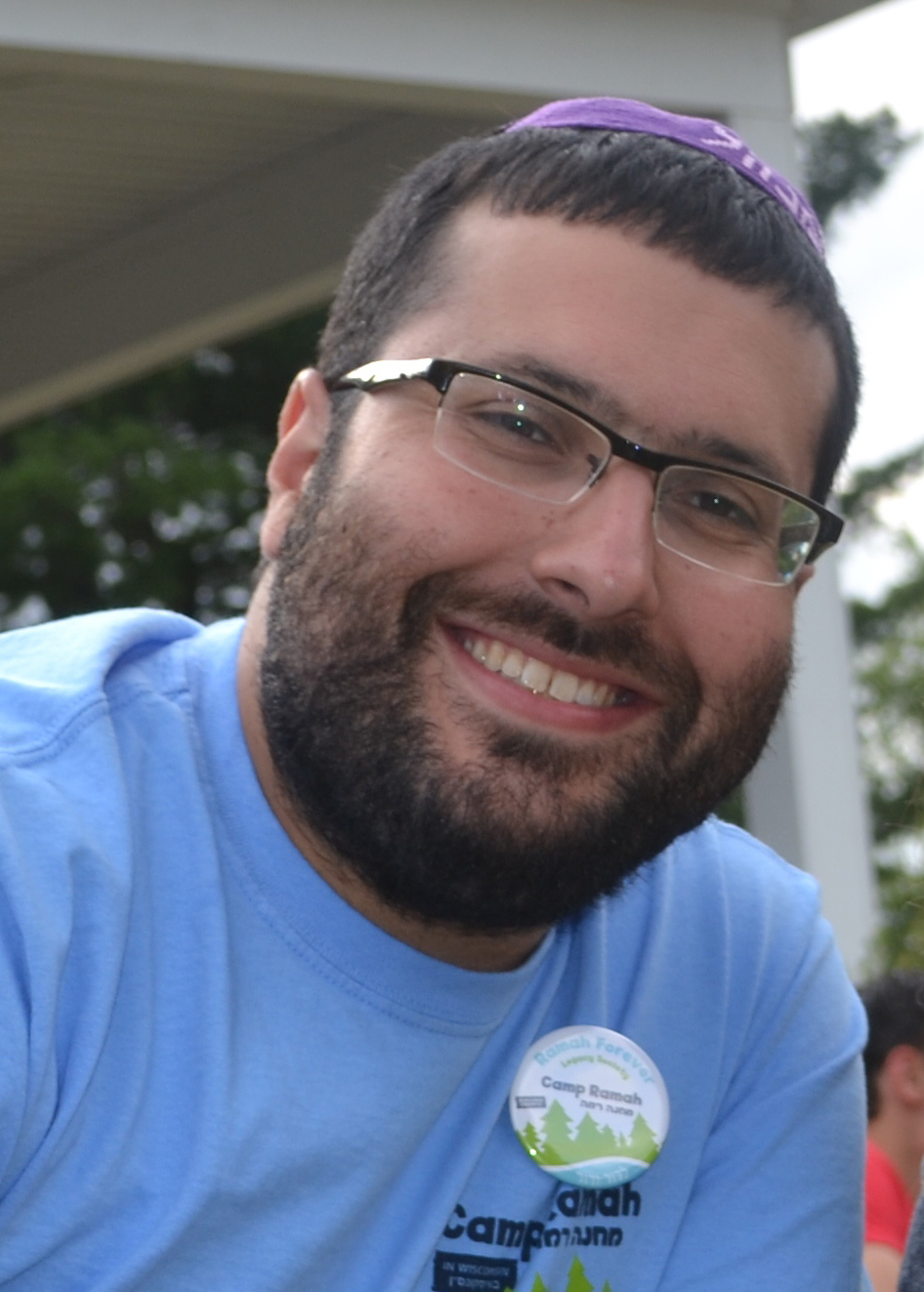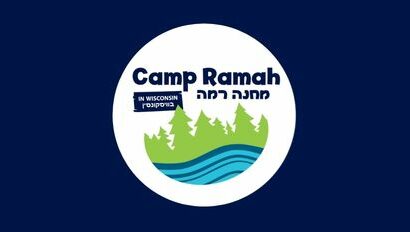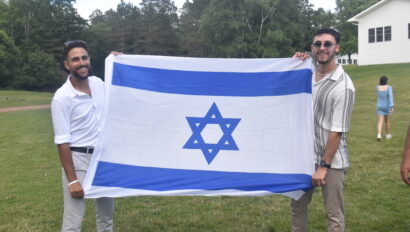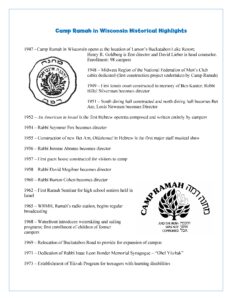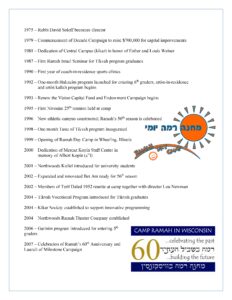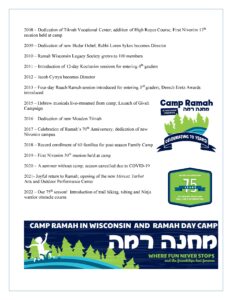Late last week I was walking through the Merkaz, the educational center which will shortly be filled with the wonderful buzz of our staff members planning the experiential Jewish programming which is the heart and soul of this place’s magic. A pile of books caught my eye as I headed out the door, and one of them stood out – Abraham Joshua Heschel’s Man is Not Alone. I opened it and found what I had hoped to see – it was signed by Heschel himself. Another signed work of Heschel’s was found at camp a number of years back, and it now holds a place of honor on my book shelf.
Heschel has been on my mind over the last few days as our staff arrived from Israel and around North America. Each staff week is about getting acquainted with 150 new individuals. They will become the cohesive units leading our waterfront, sports courts, ropes course, performing arts complex, and more; and the aidah (age group) teams caring for and educating our campers.
Ever since Man is Not Alone caught my eye last week, his words have been rattling around in my head.
After marching with Dr. Martin Luther King, Jr., and other Civil Rights activists in Selma, Alabama, in the early spring of 1965, Heschel said, “I felt like my legs were praying.” Heschel, the scion of a prominent Hasidic dynasty and devout follower of mitzvot and practitioner of Hasidic mysticism, did not mean by these words that activism and social justice are replacements for prayer. One cannot feel like one is doing something unless they are deeply versed in that something. Heschel, in all likelihood, woke up that March morning in the Deep South, put on his tallit and tefillin, opened up his siddur (prayer book), and prayed. In the midst of living his life of Jewish tradition and its classical expression, he did things like march in Selma and protest the Vietnam War. Heschel surely saw those aspects of his life’s work as spiritual in their own right, as strengthening his connection to God and his service to humankind. But for Heschel – and this is key, as it speaks to his work as it does to what Camp Ramah in Wisconsin represents – it was not either/or. It was both/and. Social justice activism was not in lieu of prayer, it was akin to it. And, I suspect Heschel would have agreed that a life of prayer without activism would be impoverished and incomplete in its own way as well.
This is our model and our charge: coupling Jewish learning and living, a deep engagement with our history and tradition, with the urgent needs and developing realities of our world today. For Heschel it was proclaiming God as Founder of an abiding relationship with the Jewish people in his morning prayers, and then, hours later, doing his part to realize God’s greatness by developing abiding relationships across boundaries.
I am reminded of our tzevet’s (staff’s) commitment to these ideas as I hear and see them incorporate messages of gender balance into their t’filot (prayers) and regular conversations.
Similarly, this year like no other, in the midst of a new generation securing the roots that will bind it to the State of Israel for the next fifty years, seemingly the entire staff is emphatically adding the words “moreed hatal” (who causes dew to fall) in the Amidah prayer, a phrase traditionally said only in the Land of Israel and one long associated with making a quiet but unequivocal statement of our connection to the Land.
Our staff come to us from diverse backgrounds: across the ethnic and political spectra of Israel, from high schools and universities and graduate schools across the US, from gap year programs in Israel and India, from lives of deep Jewish engagement year-round to those for whom their summers at Ramah make up the core of what they know and who they are as Jews. Like our campers, our staff reflects American Jewry: supplementary school and day school; small-, medium-, and large-communities; thirtieth generation Jews and first generation Jews. The Jewish world they leave to their grandchildren will look much different from the one I inherited from my grandparents (z”l).
Our staff is gearing up for another summer of connecting this moment to our past and their future – stitching a fabric with the strands of our tradition using a needle made of contemporary relevance. We are here, as Heschel would put it, praying and walking, synthesizing ourselves so that we feel like our legs are praying and as if our prayers are marching forth.
Shabbat Shalom,
Jacob
